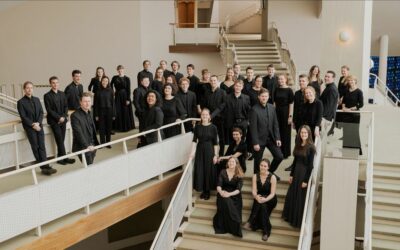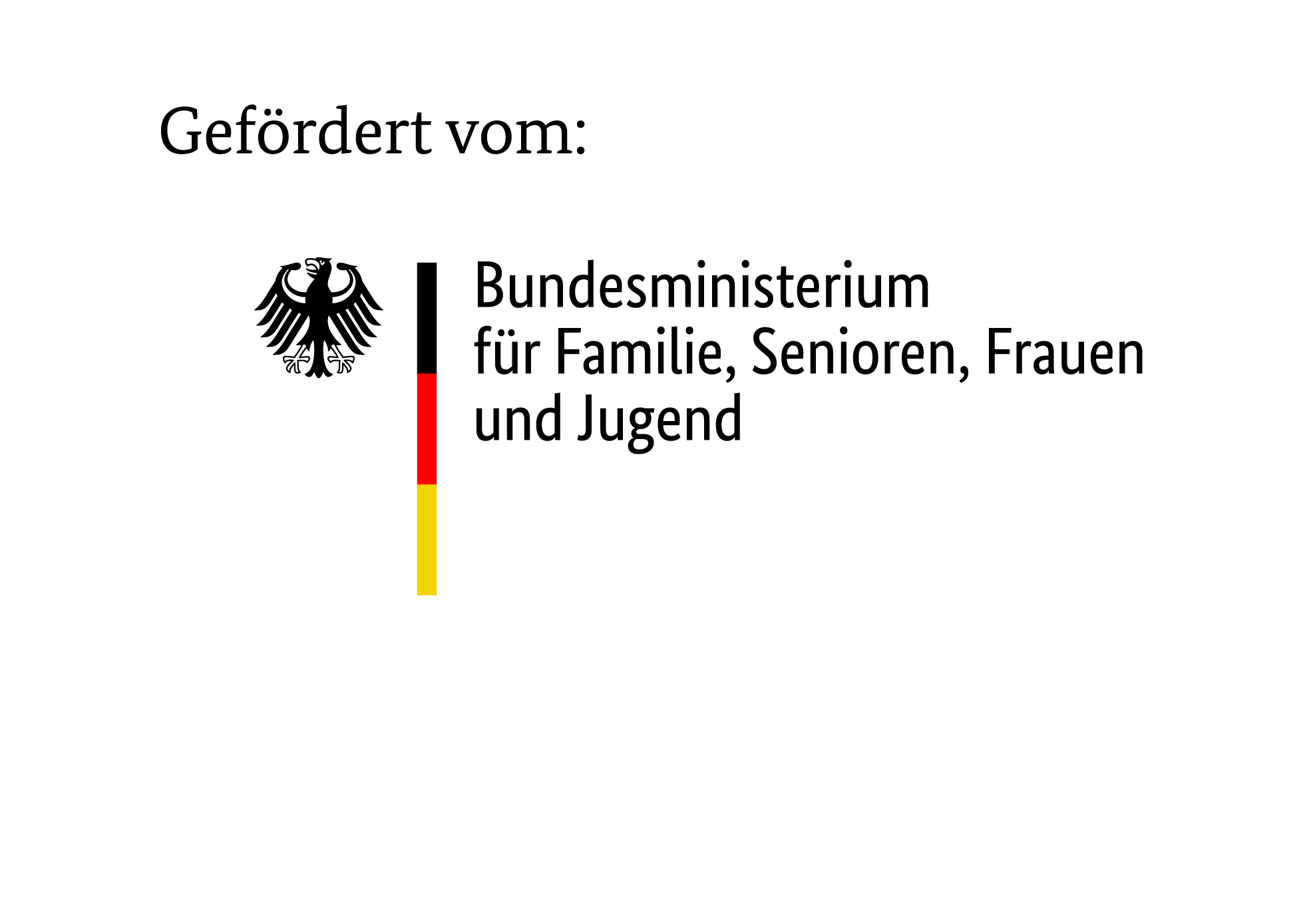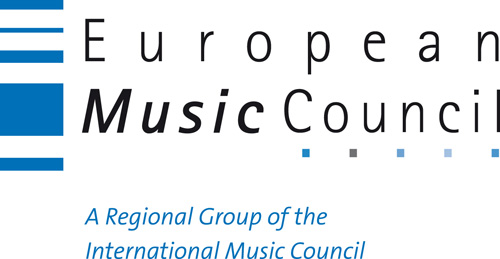FIND OUT WHAT’S NEW
Concert “Pax – Choir in Movement” with the Bundesjugendchor
The European Choral Association, the German Music Council as patron of the Bundesjugendchor and the German Embassy in...
NEWSLETTER #4
🌺 OUR APRIL NEWSLETTER IS OUT 🌺 We are excited to share with you the latest from the choral sector✨ Enjoy reading our...
ONLINE WEBINAR “ARE YOU PAID FAIRLY?”
The European Choral Association is a member of the European and International Music Council (IMC) and subscribes to...
>>> FIND HERE ALL NEW ENTRIES













